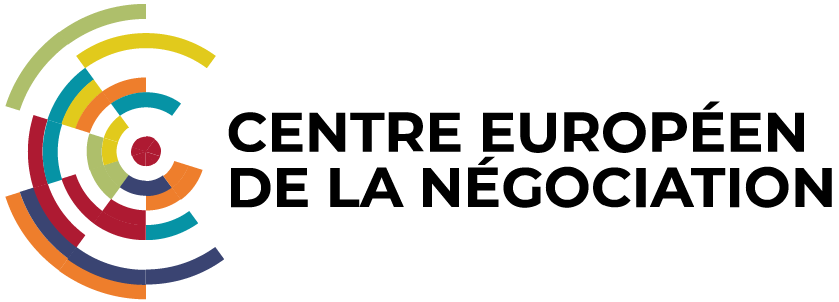On 31 January, during an RTL-Le Monde programme, Philippe Martinez, General Secretary of the CGT, declared: ” I want a social spring “. He also called for a ban on redundancies until the health crisis was over.
A few days earlier, Laurent Berger, General Secretary of the CFDT, insisted on the need to revalue healthcare professionals’ pay by 15%.
Finally, in an interview with Le Point published on 31 January, MEDEF Chairman Geoffroy Roux de Bézieux called for ” a better balance between the economy and health ” and stressed that employees were ” psychologically tired “.
Three different voices, three different and complementary perspectives on the economic and social reality of this health crisis. But they all say that a major social event is on the horizon.
At the same time, let’s look at the results of the demonstrations organised a few days later, on 4 February, to ” relaunch social action “. According to this article in Le Parisien, in Paris the marchers claimed 20,000 people, while the police counted 4,800. It’s still winter.
If social dialogue is a game of arm-wrestling, then it’s not off to a good start.
So what’s the solution? Is “giving up” the alternative to arm wrestling? Is social dialogue an all-or-nothing proposition?
Beyond the rhetoric: the reality
Let’s take a look at the annual report of the Commission Nationale de la Négociation Collective. The edition published at the end of 2020 tells us about the reality of 2019, a turbulent year (Gilets Jaunes, pension reform). It provides a few “objective criteria” that enable us to assess the gap between the watchwords thrown out on Sundays on the radio and what is happening on the ground.
With regard to negotiations in the professional branches, the report highlights the continuity of behaviour: the signature rate is unchanged between 2018 and 2019. The CFDT signed 86% of the agreements, FO 69%, CGE-CGC and CFTC 59% and 56% respectively. The CGT signed 39%. The most significant variations in signature rates, on the rise, concern the CGT: in 2019, its signature rate has risen by 13%. Sunday’s comments on RTL are losing a little of their bright red glow.
Things become even clearer when the report looks at the results for agreements signed in companies.
103,700 texts were signed in 2019. The figures compiled by the Direccte give two figures: the signature rate for each organisation on the one hand, and the propensity of each organisation to sign on the other. The figure for the propensity to sign is the most interesting because it shows the rate of signature in companies when the trade union organisations are represented there. However, not all organisations are present everywhere.
This figure shows that, when they are represented in the company, the CFDT signs 94% of the agreements, the CFE-CGC 93%, the CFTC 92%, the FO 90% and the CGT 85%. So what does the call for a “social spring” mean?
What’s more, these results are remarkably consistent from one year to the next. The same applies to 2018, 2017, 2016, etc…
In short, the air of “hold me back or I’ll make a mess of things” rings hollow.
It’s time to stop being fooled by the fairy tales of one party or another. It’s time for the signatories to be proud of their signatures!
Training to get out of postures
The most complicated part of this story is helping the negotiators to accept negotiation for what it is: a dispute resolution process. Because it is perfectly acceptable to recognise that the points of view of the MEDEF or the CGT, to stay with the extremes of the situation, are not in harmony when negotiations begin.
Published in 2015, the Combrexelle report, named after the former head of the General Labour Directorate, aimed to give negotiation between the social partners greater weight in the development of labour law. In particular, the report emphasised ” the need to professionalise the players involved “.
However, it is possible to identify and share benchmarks that can help them strengthen their preparation and their ability to steer and intervene in negotiations.
It’s worth the effort to find “win-win” solutions to the social issues that everyone can see. How many representatives of employers’ organisations or trade unions will want to stick to the image of a hardliner in order to be recognised as a good defender of the interests of employees or companies? How many will continue to believe that their mandates are fulfilled by rolling up their sleeves? How many divisions in the gorilla army?
The time has come to define a framework that will allow the social partners to renounce nothing, and especially not their values, and at the same time to engage in protective negotiations that respect the interests of all parties.
So that in the spring of 2021, a hundred flowers can bloom! In short, a social springtime, but without the nervous breakdowns that only stimulate the drummers.
In conclusion, to ensure that the economic crisis caused by the health crisis does not lead to an uncontrolled social situation, it is time to identify the “barriers” to the viruses of bluff, lies and rejection of “the other”.

